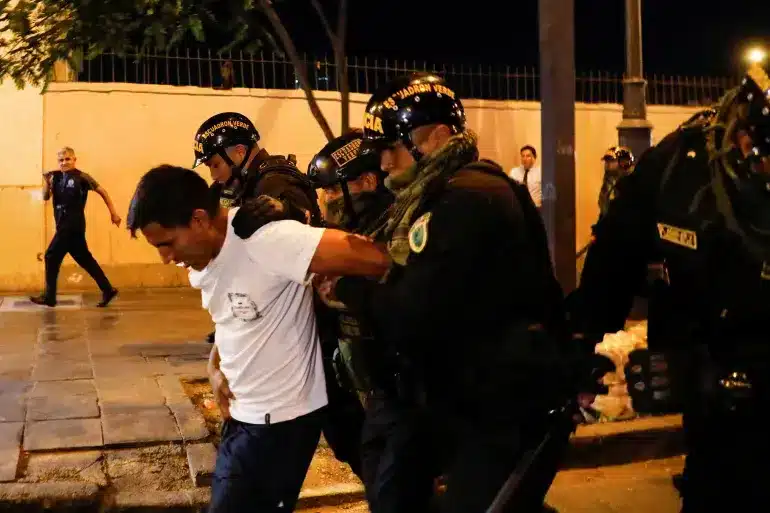Since Castillo was removed from office and detained in December, there have been demonstrations against President Boluarte.
Following protests that have claimed at least 42 lives in recent weeks, the government of Peru has proclaimed a state of emergency in the capital Lima and three other regions.
The late-Saturday announcement of the measure, which will be in effect for 30 days, gives the army permission to step in to keep the peace while suspending several constitutional rights like the right to free speech and the right to assemble.
Since leftist former president Pedro Castillo was ousted from office and detained in December for attempting to illegally dissolve Congress, protests against President Dina Boluarte have swept the South American country.
He was replaced in the president’s position by Boluarte, who was vice president.
Castillo supporters have marched and barricaded streets around the country for weeks, demanding that new elections be held and for Boluarte to step down.

On Thursday, authorities closed air and rail links to Peru’s famed Machu Picchu tourist site as protests flared up, leading to clashes between police and protesters.
While Boluarte has apologised for the violence, on Friday the 60-year-old insisted she would not resign amid the turmoil, and rejected the possibility of calling a constitutional assembly as demanded by protesters – pointing to the difficulties Peru’s neighbour Chile has had in drafting and approving a new constitution.
Castillo, who was being investigated in several fraud cases during his tenure, has been remanded in custody for 18 months, charged with rebellion.
Peru has been riddled with political instability in recent years. Boluarte, 60, is the sixth person to hold the presidency in five years.

